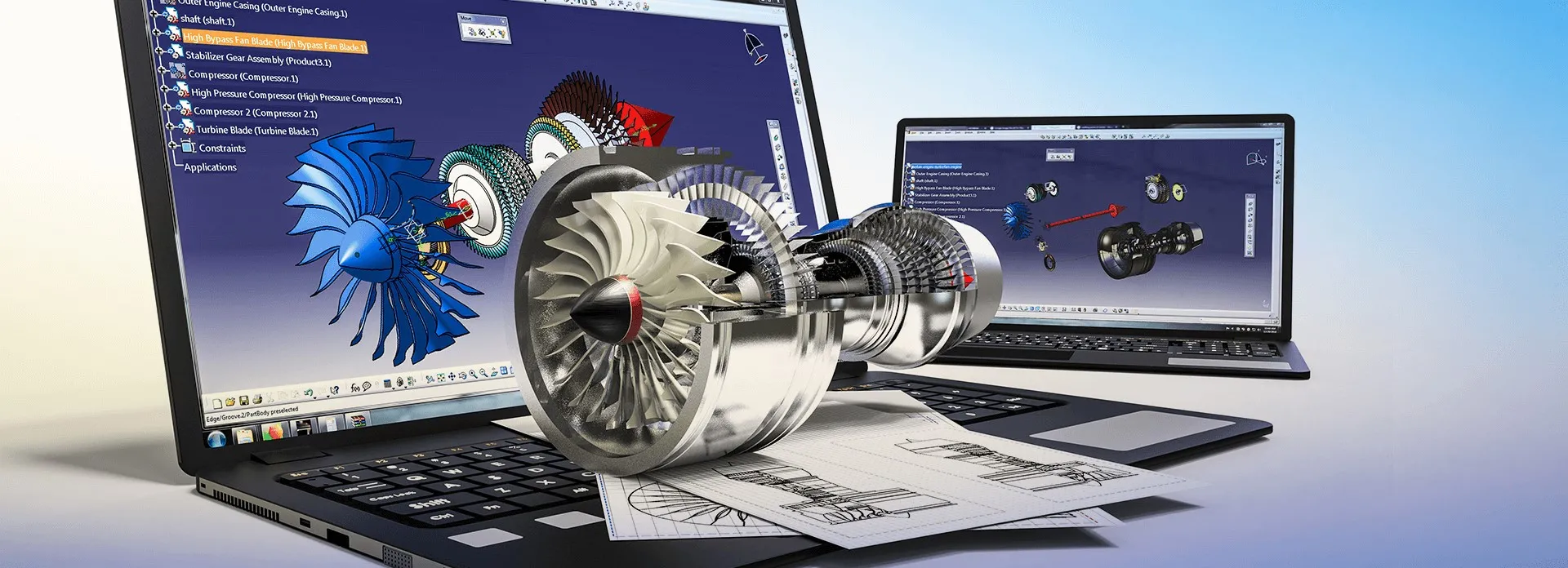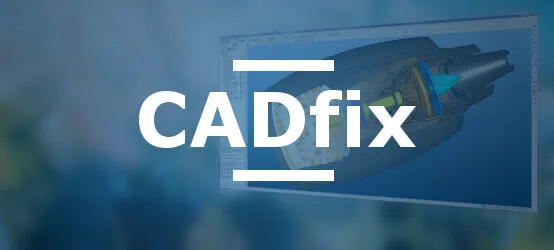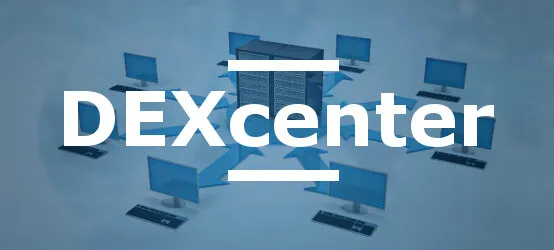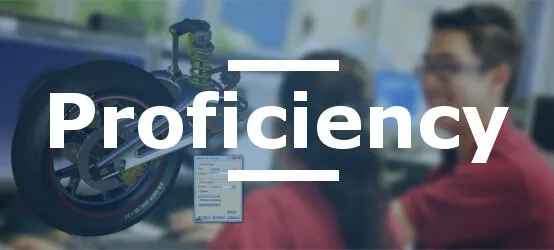
Table of Contents
- CATIA V5 Proprietary and Exchange Formats
- CATIA V5 Native Interoperability Modules
- Migration and Compatibility Between Versions
- MBD Models and PMI Interoperability
- CAD Interop Solutions for CATIA V5 Interoperability
- Long-term Archiving of CATIA V5 Data
- Best Practices for CATIA V5 Interoperability
- Conclusion
Modern industrial environments rely on effective collaboration between teams using different CAD systems. CATIA V5, developed by Dassault Systèmes in 1998, has established itself as a reference software in the aerospace, automotive, and industrial engineering sectors. However, the exchange of technical data between CATIA V5 and other CAD systems presents significant challenges that companies must overcome to maintain their competitiveness.
CATIA V5 interoperability is the ability to exchange design data between this system and other CAD platforms while preserving the integrity and intelligence of models. This comprehensive guide addresses the fundamental aspects of CATIA V5 interoperability, available exchange formats, native modules, and specialized solutions to optimize your technical data exchange processes.
CATIA V5 Proprietary and Exchange Formats
CATIA V5 uses several proprietary formats adapted to different design and collaboration needs. Understanding these formats is essential for establishing an effective interoperability strategy.
CATIA V5 Native Formats
- .CATPart - Individual part file containing geometry and design history
- .CATProduct - Assembly file defining relationships between multiple components
- .CATDrawing - 2D drawing file associated with 3D models
- .CATProcess - Manufacturing process file
- .CGR - Compressed graphical representation format for lightweight visualization
- .3DXML - Lightweight format for sharing and visualizing 3D data
Supported Neutral Exchange Formats
To facilitate interoperability with other CAD systems, CATIA V5 supports several standardized exchange formats:
- STEP (AP203/AP214/AP242) - ISO standard for product data exchange, with support for 3D annotations (PMI) in AP242
- IGES - Historical format still used for geometry exchange
- STL - Triangulation format for additive manufacturing and visualization
- VRML/X3D - Formats for 3D visualization on the web
- DXF/DWG - Formats for 2D drawing exchange
CATIA V5 Native Interoperability Modules
Dassault Systèmes offers several specific modules to facilitate the exchange of technical data between CATIA V5 and other CAD systems. These modules require specific licenses and offer different levels of functionality.
| Module | Code | Description |
|---|---|---|
| CATIA - STEP Core Interface | ST1 | Enables import/export in STEP AP203/AP214 format for B-rep geometry exchange |
| CATIA - Extended STEP Interface | SXT | Extends STEP capabilities for long-term archiving and 3D annotations (PMI) |
| CATIA - IGES INTERFACE | IG1 | Enables data exchange via the neutral IGES format |
| MultiCAx Products | DAL/DGL/DTL | Import of 3D data from I-DEAS, Pro/ENGINEER, Unigraphics, SolidEdge, Inventor, SolidWorks, ACIS, Parasolid, DELMIA, CATIA Version 4, CATIA Version 5 and various other formats |
| CATIA - V4 Integration | V4I | Integration of CATIA V4 into CATIA V5 |
| CATIA - Product Data Filtering | DF1 | Removes sensitive information before data exchange |
| CATIA - CADAM Interface | CC1 | Sharing of 2D drawing information between CATIA CADAM Drafting and V5 drawing products |
| CATIA - STRIM/STYLER to CATIA Interface | STC | Allows CATIA V5 to process geometry from STRIM and STYLER applications |
| CATIA - ICEM Surf to CATIA Interface | ICC | Import/Export of ICEMDB files into CATIA |
| CATIA - ENOVIAvpm Supply Chain Engineering Exchange | EW1/EWE | Allows a subcontractor to load and work on a CATIA work package extracted by the OEM from its ENOVIA context |
These native modules offer basic exchange capabilities but have certain limitations, particularly in terms of preserving parametric functionality and complex 3D annotations. This is why many companies turn to specialized third-party solutions to meet their advanced interoperability needs.
Migration and Compatibility Between Versions
Migration from CATIA V4 to CATIA V5
Migrating data from CATIA V4 to CATIA V5 presents several technical challenges. Although CATIA V5 offers a native migration tool via the V4 Integration (V4I) module, significant limitations remain:
- No support for complex and multi-solid assemblies
- Loss of parametric information and constraints
- Incompatibility with certain special CATIA V4 entities
- Partial conversion of design history
These limitations often require manual intervention or the use of specialized tools like Proficiency to ensure the integrity of migrated data and preserve the original design intent.
Backward Compatibility Between CATIA V5 Versions
CATIA V5 includes a backward compatibility mechanism allowing models to be converted to an earlier version. However, this tool also has limitations:
- Potential loss of design history for certain features
- No support for certain entities specific to recent versions
- Risk of degradation of complex assemblies
For reliable downward conversion between CATIA V5 versions, specialized solutions like Proficiency offer better preservation of model intelligence and more precise control of the conversion process.
MBD Models and PMI Interoperability
With the increasing adoption of Model-Based Definition (MBD), the exchange of Product Manufacturing Information (PMI) is becoming a critical issue in CAD interoperability processes. PMI includes 3D annotations, tolerances, specifications, and other information necessary for manufacturing directly integrated into the 3D model.
How to Exchange 3D Annotations Between CATIA V5 and Other Systems
Exchanging PMI between CATIA V5 and other CAD systems requires special attention and appropriate tools:
- STEP AP242 Format - Recommended standard for PMI exchange, requiring the Extended STEP Interface (SXT) module of CATIA V5
- Optimal Configuration - Specific parameter setting of export options to ensure correct transmission of annotations
- Semantic Validation - Verification that engineering intent is correctly preserved during conversion
Even with the STEP AP242 format, challenges persist in PMI exchange due to implementation differences between CAD systems and the semantic complexity of annotations. Solutions like CADIQ allow validating the integrity and equivalence of PMI after conversion.
CAD Interop Solutions for CATIA V5 Interoperability
CAD Interop distributes a complete range of specialized solutions addressing CATIA V5 data interoperability challenges. These tools optimize the processes of exchanging, converting, validating, and visualizing CAD models.
Visualization with 3DViewStation
3DViewStation is a high-performance visualization solution allowing access to CATIA V5 files without a native license:
- Fast and intuitive visualization of CATIA V5 models (.CATPart, .CATProduct, .CATDrawing)
- Advanced analysis features (measurement, cutting, comparison)
- Creation of technical documentation and presentations
- Available in desktop, web, and VR versions for maximum flexibility
- Direct import of native CATIA V5 files without prior conversion
- Support for MBD models, including views/captures and PMI and geometry links
- CATIA V5 to semantic STEP AP 242 conversion
This solution allows all actors in the product development cycle to access CATIA V5 data without investment in expensive licenses, thus facilitating collaboration between departments and with external partners.
Conversion and Simplification with CADfix
CADfix is a powerful solution for converting and repairing CATIA V5 models to other CAD formats:
- Accurate conversion between CATIA V5 and more than 30 different CAD formats
- Automatic repair of defective geometries
- Intelligent model simplification for downstream applications (simulation, virtual reality)
- Selective defeaturing to remove non-relevant details
CADfix optimizes CATIA V5 models for different use cases, removing geometric problems that could hinder downstream processes and adapting the level of detail to the specific needs of each application.
Parametric Migration with Proficiency
Proficiency is a unique solution enabling parametric conversion between CATIA V5 and other major CAD systems with preservation of design history:
- Bidirectional migration between CATIA V5 and NX, Creo, SolidWorks, SolidEdge, Inventor
- Conversion between CATIA V4 and CATIA V5 with feature preservation
- Downward conversion between different versions of CATIA V5
- Preservation of the feature tree and parametric history
- Retention of assembly constraints and relationships between parts
- DrawtoPMI module to convert 2D drawings to 3D MBD annotations
Proficiency consists of several integrated components that work together to ensure optimal parametric conversion:
- Collaboration Gateway - Server for creating and tracking conversion tasks
- Proficiency Agent - Application integrating with CAD systems' APIs to execute conversions
- Completion Wizard - Plugin allowing manual finalization of complex elements after automatic conversion
Unlike converters based solely on geometry, Proficiency analyzes design intent and intelligently recreates equivalent features in the target system, thus preserving design logic and enabling parametric modification after conversion.
Validation and Revision Documentation with CADIQ
CADIQ is a specialized solution for validating the quality of CATIA V5 models and documenting changes:
- Automatic detection of geometric defects and quality issues
- Precise comparison between versions of CATIA V5 models
- Detailed documentation of changes (Engineering Change Orders - ECO)
- Specific validation of PMI for MBD models
- Addition of validation properties and point clouds in STEP files in accordance with LOTAR recommendations for long-term archiving
CADIQ secures exchange processes by ensuring that CATIA V5 data meets quality standards and by precisely documenting changes made between versions. For MBD models, CADIQ verifies the integrity of PMI after conversion, ensuring that critical manufacturing information is properly preserved.
In the context of long-term archiving, CADIQ implements the requirements of the LOTAR (LOng Term Archiving and Retrieval) standard by enriching STEP files with validation properties and reference point clouds, allowing verification of the geometric integrity of archived models during future reuse.
Exchange Automation with DEXcenter
DEXcenter enables automation of CATIA V5 data exchange processes and orchestration of various interoperability solutions:
- Creation of standardized workflows for recurring exchange processes
- Integration of different solutions (CADfix, CADIQ, Proficiency) into a unified platform
- Automation of file conversion, validation, and distribution tasks
- Complete traceability of exchange processes
- Integration with PLM and PDM systems
By automating exchange processes, DEXcenter significantly reduces human errors, accelerates development cycles, and ensures compliance with company standards for CATIA V5 data interoperability.
Long-term Archiving of CATIA V5 Data
Sustainable archiving of CATIA V5 data is a strategic issue for companies that need to preserve their technical information for decades, particularly in the aerospace, automotive, and energy sectors.
Selection of Formats for Sustainable Archiving
The STEP format is particularly suited for long-term archiving of CATIA V5 data:
- STEP AP242 - ISO standardized format capable of storing precise B-rep geometry and PMI
- Vendor independence - Neutral format ensuring sustainability against the evolution of proprietary systems
- Metadata support - Ability to include essential contextual information
- Integrated validation - Possibility to include validation data in accordance with the LOTAR standard
Validation Process for LOTAR Archiving
Reliable archiving requires a rigorous validation process, particularly within the framework of the LOTAR (LOng Term Archiving and Retrieval) standard:
- PDQ Control (Product Data Quality) - Verification of the geometric quality of models
- Archiving Rules - Application of company policies for data selection
- Fixity Control - Verification that the model has not been modified since its validation
- Equivalence Validation - Confirmation that the archived model is equivalent to the source model
CADIQ implements these controls by integrating validation properties and reference point clouds into STEP files that allow verification of model integrity during future reuse, in accordance with LOTAR recommendations.
Evolving Archiving Strategies
Archiving is not a one-time event but a continuous process that must adapt to evolving technologies:
- Establishment of a schedule for periodic review of archives
- Format conversion when new standards emerge
- Regular validation of the integrity and accessibility of archived data
- Documentation of archiving processes for long-term traceability
Best Practices for CATIA V5 Interoperability
To optimize your interoperability processes around CATIA V5, here are some recommendations based on successful project experiences:
Systematic Exchange Validation
- Always validate files after conversion to detect potential information loss
- Establish quality metrics based on volumetric and topological properties
- Use CADIQ to compare model versions and document modifications (ECO)
- Specifically verify the integrity of 3D annotations/PMI after conversion
- Implement visual validation by sampling with 3DViewStation
Strategic Choice of Exchange Formats
- Favor STEP AP242 for exchange with 3D annotations (requires SXT license)
- Use standardized neutral formats rather than proprietary formats
- Adapt the format to the need: precise B-rep for design, faceted for visualization
- Properly configure export options to preserve critical information
Process Automation and Standardization
- Leverage DEXcenter to automate recurring data exchange workflows
- Standardize conversion procedures to ensure result consistency
- Thoroughly document exchange workflows to facilitate their audit and improvement
- Implement automated quality controls before and after conversion
- Centralize conversion management to optimize licenses and expertise
Model Preparation Before Exchange
- Clean CATIA V5 models before conversion (remove unnecessary elements)
- Simplify geometry with CADfix according to the intended downstream usage
- Standardize nomenclatures and metadata to facilitate integration
- Check for defective geometries (free edges, degenerate faces)
- Logically organize assembly structures to preserve semantics
Team Training and Awareness
- Train users on the specificities and limitations of CAD interoperability
- Raise awareness among designers about good modeling practices that facilitate exchange
- Designate interoperability reference persons in each project team
- Share feedback and success stories
- Maintain a watch on the evolution of interoperability formats and tools
These best practices, combined with CAD Interop's interoperability solutions, significantly optimize the quality and efficiency of CATIA V5 data exchanges with other CAD systems, while reducing the risk of errors and conversion delays.
Conclusion
CATIA V5 data interoperability represents a strategic issue for industrial companies collaborating in a multi-CAD ecosystem. The technical challenges related to preserving model intelligence, exchanging PMI annotations, and long-term archiving require a methodical approach and specialized tools.
Thanks to standardized exchange formats such as STEP AP242, CATIA V5's native interoperability modules, and advanced solutions distributed by CAD Interop, organizations can transform these challenges into a competitive advantage. By optimizing their technical data exchange processes, they accelerate innovation while reducing costs associated with model reconstruction and interpretation errors.
The 3DViewStation, CADfix, Proficiency, CADIQ, and DEXcenter solutions together offer a complete ecosystem for visualizing, converting, validating, and automating CATIA V5 data exchanges. Whether your need concerns parametric migration between CAD systems, visualization without a native license, quality validation, or exchange process automation, CAD Interop offers proven solutions adapted to the most stringent industrial requirements.
By adopting the best practices presented in this guide and relying on appropriate technologies, companies can establish a robust interoperability strategy that secures their collaborative engineering processes and optimizes their digital value chain, in a context where mastering technical data constitutes a major lever for industrial performance.






